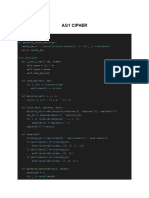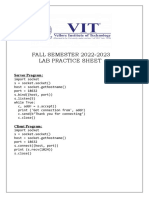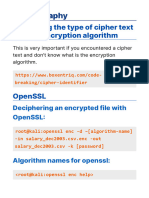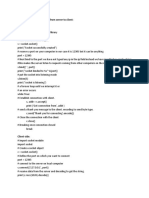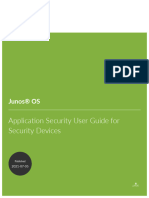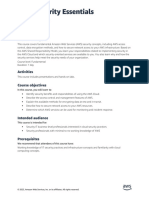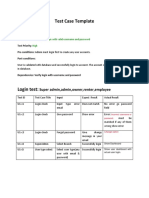0% found this document useful (0 votes)
33 views15 pagesWhat This Code Does
The document outlines a process for establishing a CKKS homomorphic encryption context using TenSEAL, preparing a one-hot query vector, and communicating with a TCP server to perform private information retrieval. It details common pitfalls such as handling secret keys, deserialization, and ensuring proper context and key management. Additionally, it provides a minimal client version and server outline for implementing the homomorphic operations securely and efficiently.
Uploaded by
subhojitsaha792Copyright
© © All Rights Reserved
We take content rights seriously. If you suspect this is your content, claim it here.
Available Formats
Download as PDF, TXT or read online on Scribd
0% found this document useful (0 votes)
33 views15 pagesWhat This Code Does
The document outlines a process for establishing a CKKS homomorphic encryption context using TenSEAL, preparing a one-hot query vector, and communicating with a TCP server to perform private information retrieval. It details common pitfalls such as handling secret keys, deserialization, and ensuring proper context and key management. Additionally, it provides a minimal client version and server outline for implementing the homomorphic operations securely and efficiently.
Uploaded by
subhojitsaha792Copyright
© © All Rights Reserved
We take content rights seriously. If you suspect this is your content, claim it here.
Available Formats
Download as PDF, TXT or read online on Scribd
/ 15














